Restorations: Cole Brothers, Debenhams and Moorfoot 'on climate grounds alone, all three must stay'
and live on Freeview channel 276
Martin McKervey, chair of Sheffield Property Association, said it was time not just to declare a climate emergency but to ‘do something about it’.
That meant keeping Moorfoot, Debenhams and the Coles Brothers building.
Advertisement
Hide AdAdvertisement
Hide AdHe added: “The reality is if we are truly declaring a climate emergency, we all need to do more to start treating carbon like it is priceless.”
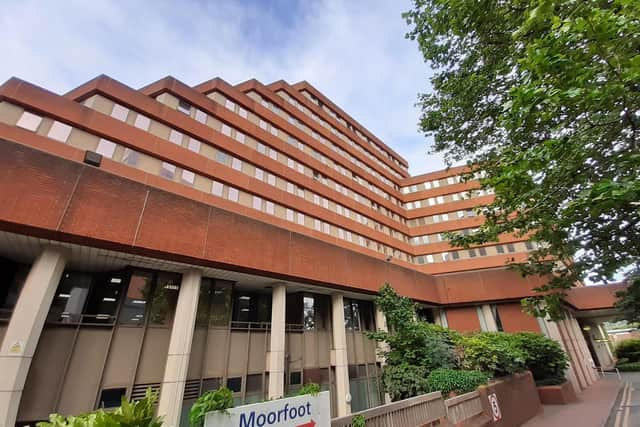

Who are Sheffield Property Association?
The SPA has 75 members including huge firms like Meadowhall co-owner British Land, Henry Boot, Bam and Scarborough International Properties.
His comments were echoed by Robin Hughes, of Hallamshire Historic Buildings, who said there was now a long line of reports declaring the question was ‘no longer whether to re-use buildings, but how to do it’.
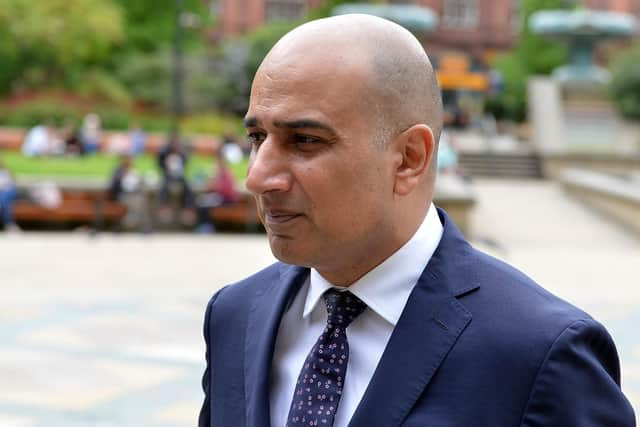

He added: “On climate grounds alone, all three buildings must stay.”
Advertisement
Hide AdAdvertisement
Hide AdThe statements could mark a turning point in Sheffield’s approach to its high profile buildings - and set the tone for construction city wide.
The disused Debenhams building on The Moor is up for sale. Its value leapt after Sheffield City Council planners gave a provisional thumbs up to replacement with two apartment blocks up to 34 storeys high. It is privately owned.
The old Cole Brothers department store in Barker’s Pool is also for sale. Owner Sheffield City Council is looking for a ‘creative’ developer and has not ruled out demolition.
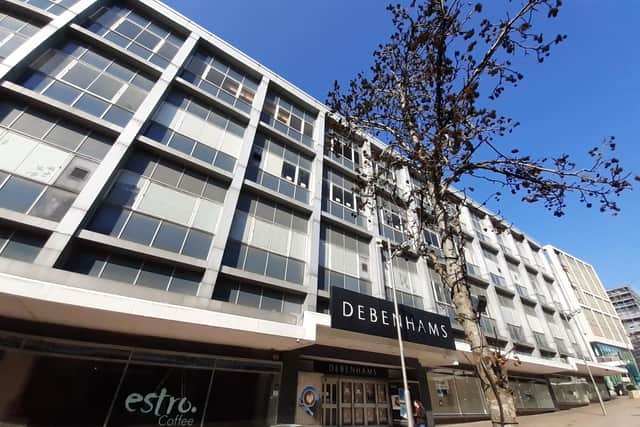

Campaigners have applied to Historic England to have it listed, which would prevent it being flattened. The authority has applied for ‘immunity’ from listing.
BUSINESS NEWS: Traffic-free zone a success ‘that should be extended’
Advertisement
Hide AdAdvertisement
Hide AdThe council also owns Sheffield’s biggest office, Moorfoot. It has suggested it could be replaced by flats as part of a drive for 20,000 more residents to bring ‘vibrancy’ back to a city centre hit by internet shopping and Covid.
But campaigners say the carbon cost of demolishing all three would be ‘immense’.
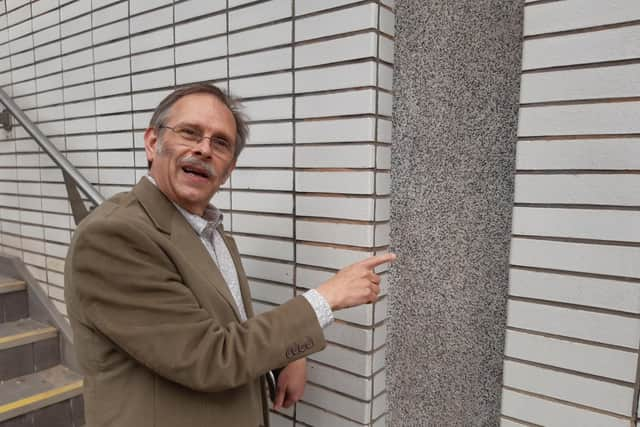

Mr McKervey said: “I must admit when I think about John Lewis, Debenhams and Moorfoot I automatically think about demolition.
“And then I watch the news. I see what is already happening around the world as the climate changes at alarming rates. Droughts, fires, floods. It is easy to think about the climate crisis being something that might happen in the future somewhere else, but it is happening now.”
BUSINESS NEWS: 1,800 jobs at new airship factory
Advertisement
Hide AdAdvertisement
Hide AdKeeping the buildings would be ‘difficult but brave,’ he added. It was possible to show how ‘demolishing buildings can become a thing of the past’.
He added: “It’s time for the city’s business leaders, investors, inventors, and financiers to show how renewing and reusing these buildings is smart money but also the right thing to do.”
What are MPs saying?
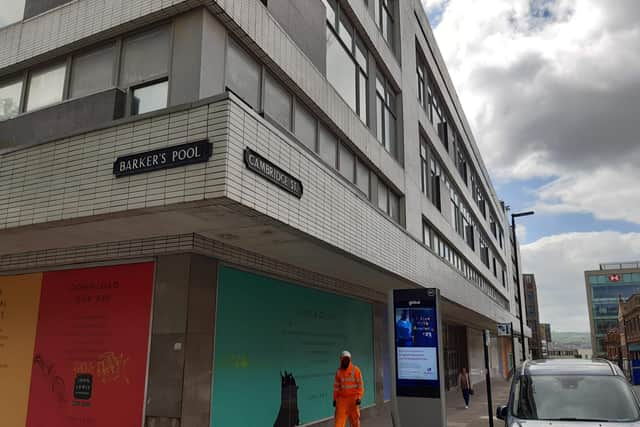

Last month the Commons Environmental Audit Committee said the number of buildings being knocked down must be reduced because demolition and rebuilding adds to climate change. It heard the construction sector was responsible for 25 per cent of the UK's emissions.
Yamina Saheb, a lead author on the United Nations climate change panel, IPCC, told Architects’ Journal: “The (construction) sector hasn't modernised since the Second World War - and now, the data shows it's lagging behind all other sectors.”
Advertisement
Hide AdAdvertisement
Hide AdSheffield City Council has declared a climate emergency and an ambition to be ‘carbon zero’ within eight years.
Construction design firm Arup published a route-map for the city which states the authority needs to lead from the front.
“By progressing with its own assets, the council can show leadership, address barriers and provide examples”, it said.
It added: “By taking action early, the council can indicate to the rest of Sheffield that change is possible.”
What does Sheffield City Council say?
Advertisement
Hide AdAdvertisement
Hide AdCoun Mazher Iqbal, co-chair of the transport, regeneration and climate policy committee, said they considered a wide range of factors when assessing options for future development, including sustainability, cost, market interest and viability.
He added: “Many developments in Sheffield include sites that have been reused and retained, including the former Little Mesters workshops Leah’s Yard in the city centre, but there isn’t a one size fits all approach to the redevelopment of buildings and each site is different with its own set of complex circumstances that need to be considered.
“Our goal is to make sure that we support developers to deliver high-quality schemes that are fit for purpose and support our environmental targets, reviewing all options for regeneration and looking at the best way forward.
“Government also needs to do more to support developers to consider all of the options available. For our own projects, we carefully assess the carbon impact of any scheme before we proceed.”
Advertisement
Hide AdAdvertisement
Hide AdMr Hughes said Coles was of historic and architectural importance and the council had admitted that demolition and replacement would result in far more carbon emissions than re-use.
He added: “They also admit that losing a building here will result in new building, and new carbon emissions.”
Towers in place of Debenhams would need bigger foundations and stronger frames and would not be climate friendly, he added. But Moorfoot had ‘grown on him’.
“Buildings need time; knee-jerk reactions aren’t appropriate. The shape makes a very large building unexpectedly human in scale. Imagine all those southern terraces planted with greenery, and it seems like an asset, not a liability.
Advertisement
Hide AdAdvertisement
Hide Ad"Like the other buildings, it's played a big part in many people's lives, especially those who came to Sheffield for the first time to work there.
“The carbon cost of replacement would be immense: putting up a new apartment building even to RIBA's ambitious 2030 target would emit the equivalent of at least 8,000 tonnes of CO2, never mind the emissions from demolition.
“Blocking off the Moor was a blunder, and that tunnel really needs to be kept permanently open and safe, but it scarcely justifies the loss.”
